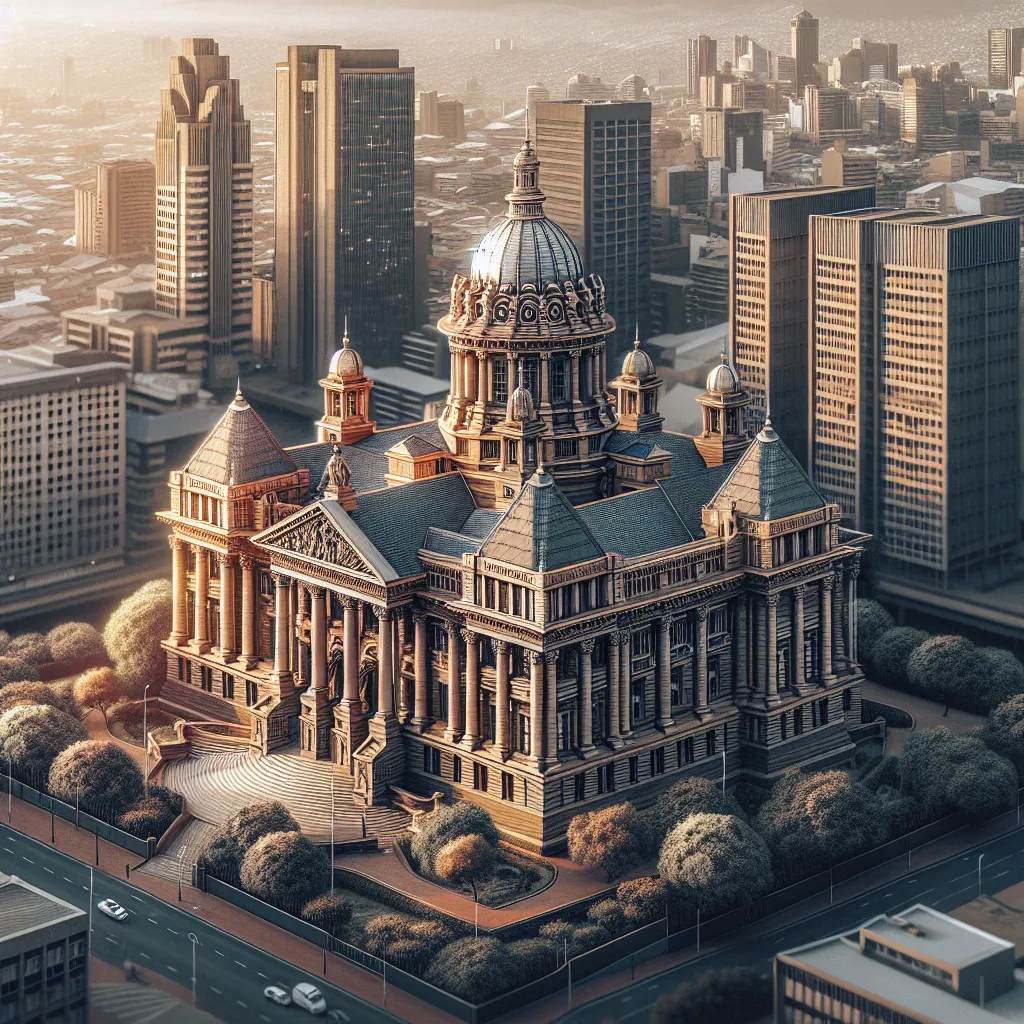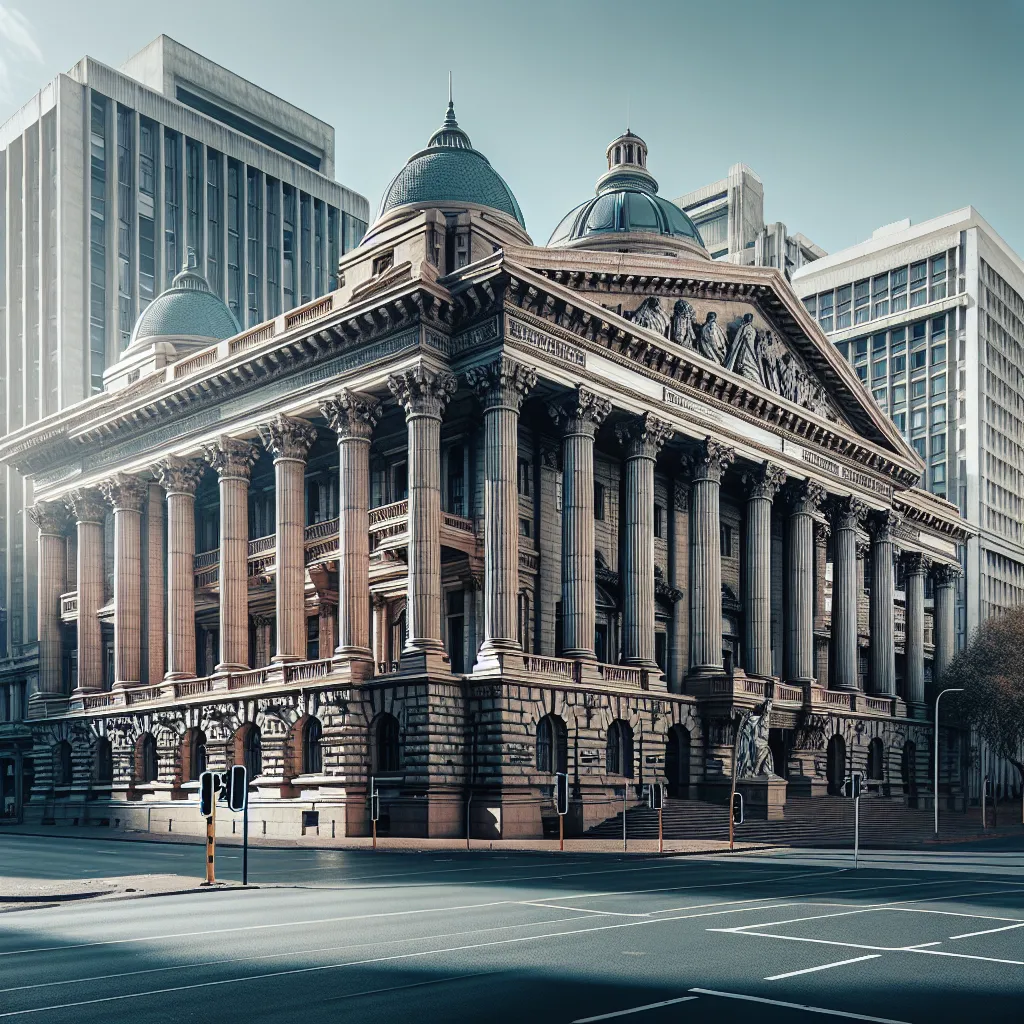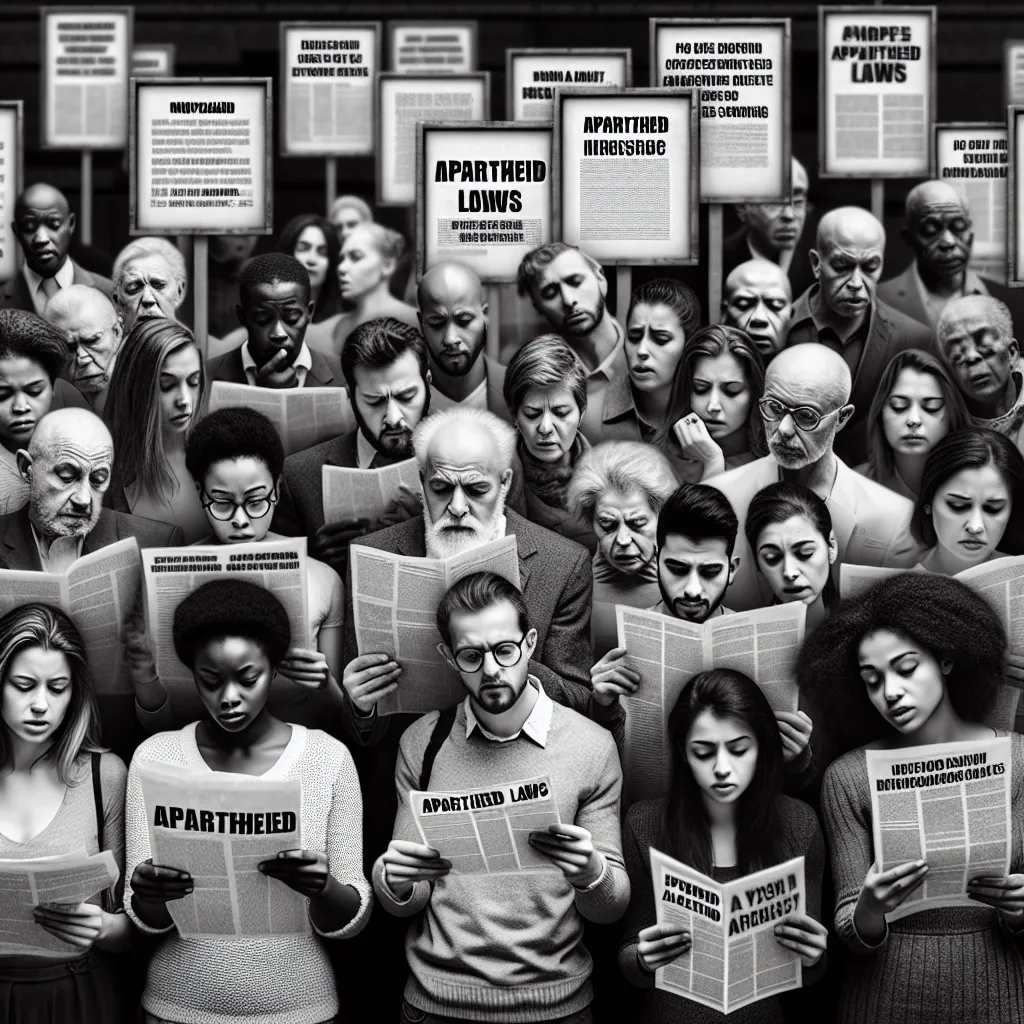Ask AI on The Internet
Question: Write a report on the Johannesburg High Court building in the report discuss these following: when it was constructed, who was the architect and the building's architectural elements and its form and power.
**Report on the Johannesburg High Court Building** **Introduction** The Johannesburg High Court, an important landmark in the heart of Johannesburg, South Africa, stands as a symbol of justice and law. This report explores its historical significance, architectural brilliance, and its profound influence as a beacon of power and order. **Construction and Historical Background** The Johannesburg High Court building was constructed in 1910. This period marked a significant phase in South African history, as the country was transitioning from the chaos of the Boer Wars to the establishment of the Union of South Africa. The construction of such judicial edifices reflected the country's efforts to instill a sense of law and governance. **Architect and Designer** The architect responsible for this iconic structure was Gordon Leith. Leith, a prominent figure in South African architecture, was instrumental in crafting buildings that were both functional and aesthetically profound. His design philosophy often intertwined European architectural styles with local influences, creating unique and enduring structures. **Architectural Elements** The Johannesburg High Court building is an epitome of the neoclassical architectural style, a popular design choice in the early 20th century for institutional buildings. Key architectural elements of the building include: 1. **Facade and Exterior Features**: The building's facade is adorned with grand columns and pilasters, typical of the neoclassical style. The symmetry in the design reflects the balanced and orderly nature of the judicial system. 2. **Portico and Entrance**: The entrance is marked by a grand portico, featuring a pediment supported by Corinthian columns, symbolizing strength and stability. The portico serves as a prominent focal point, welcoming visitors and denoting the importance of the institution. 3. **Interior Design**: Inside, the use of marble, intricate moldings, and high ceilings conveys a sense of grandeur. The courtrooms are designed with wooden paneling and large windows, providing an atmosphere of openness and transparency. **Architectural Form and Symbolism of Power** The form of the Johannesburg High Court is designed to communicate authority, fairness, and the rule of law. Its imposing structure and meticulously planned details are not merely for aesthetics but serve as symbols of power. The building stands tall with its elevated steps and massive columns, denoting the foundational pillars of justice. 1. **Domineering Presence**: The building's towering presence in the urban landscape establishes it as a dominant figure, conveying the weight of the judiciary's power and its role in societal governance. 2. **Symbol of Stability**: The precise symmetry and classical design elements hark back to ancient ideals of democracy and justice, suggesting that the principles upheld within the court are timeless and universal. 3. **Public Confidence**: The grandeur and meticulous upkeep of the building inspire public confidence. It assures citizens that the judicial processes carried out within these walls are conducted with the utmost seriousness and integrity. **Conclusion** The Johannesburg High Court is more than just a building; it is a monument to the legal and cultural heritage of South Africa. Constructed in 1910 under the watchful eye of architect Gordon Leith, its neoclassical design elements and imposing form reflect the power and stability of the judicial system it houses. As a symbol of justice and governance, it continues to play a pivotal role in the city's and the nation's legal landscape, embodying the enduring principles of law and order.
Think your answer is better than the AI's? Post it below.
Other Most Relevant Posts:
Question Tags
If you want your question answered by an AI, click here.







Post your own comment: